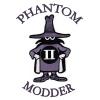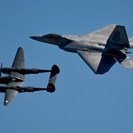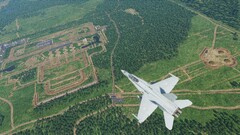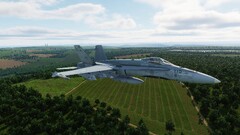- 2 replies
- 1,498 views
- Add Reply
- 5 replies
- 1,849 views
- Add Reply
- 1 reply
- 1,184 views
- Add Reply
- 0 replies
- 1,451 views
- Add Reply
- 0 replies
- 1,644 views
- Add Reply
- 0 replies
- 1,026 views
- Add Reply
F-15 Eagles soar for last time at Hickam

By Erik,
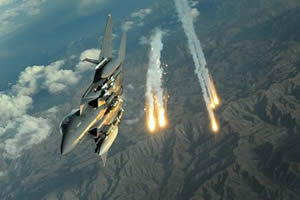

F-15 Eagles soar for last time at Hickam
Defence Professionals -- 30 August 2010
Tech Sgt. Cohen A. Young
Defense Media Activity-Hawaii / AFNS
JOINT BASE PEARL HARBOR - HICKAM, Hawaii | Pilots from the 199th Fighter Squadron, Hawaii Air National Guard, completed their last training mission with the F-15 Eagle from Joint Base Pearl Harbor-Hickam, Hawaii Aug 25.
The HIANG is upgrading to the F-22 Raptor, a fifth generation fighter, and received their first two Raptors in July.
Jump jets to fall victim to spending cuts

By Erik,
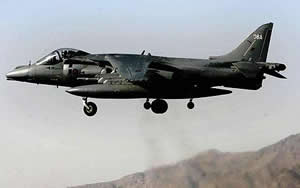

Jump jets to fall victim to spending cuts
Telegraph -- By James Kirkup, Political Correspondent -- 30 August 2010
In a move that could put hundreds of British manufacturing jobs at risk, defence chiefs are ready to abandon plans to buy a vertical-landing fighter jet for the Royal Navy.
Instead, a cheaper conventional-landing warplane will replace the Navy’s Harriers when they retire.
The decision is the first to emerge from the Strategic Defence Review to have
The Olympia may be headed to a watery grave

By Erik,
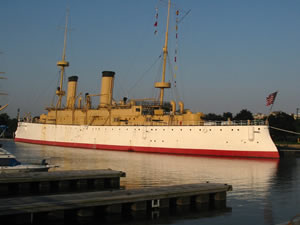

The Olympia may be headed to a watery grave
John F. Lehman
Former Secretary of the Navy
A few months ago, one of our nation's most famous landmarks was deteriorating badly. Independence Hall had a roof leak and needed numerous expensive repairs. The city's historical commission met in April with the National Park Service to determine a course of action and on June 9, the park service announced that $4.4 million would be provided for a restoration of Independence Hall. The fundin
Remote-controlled model airplanes roll in for annual event

By Erik,
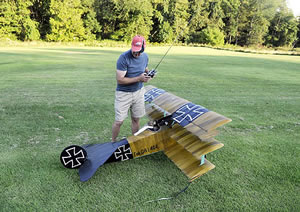

Remote-controlled model airplanes roll in for annual event
Sunday, August 29, 2010 By Shannon M. Nass, Special to the Post-Gazette
Nestled among the woods of South Park is a quiet stretch of land known as Jack Coates Memorial Field. Unlike other grassy patches in the park, this one has a landing strip down the center.
Most days the gates leading up to it are locked with access limited to day hikers and mountain bikers who traverse the trails that cross and surround it. However,
ThirdWire Sneek Peek of Upcoming Release

By Erik,


ThirdWire Sneek Peek of Upcoming Release
28 August 2010 -- DanW
In a surprise announcement today Dan from ThirdWire shares with the community some images and news of their upcoming release. In no great detail and without any release dates the news of the release has so far been positively received by the ThirdWire Community. From the looks of the expected release a mission editor and other terrific enhancements are on the horizon for the Strike Fighters 2 series. The original thread in the
Unmanned Helicopter Being Developed For U.S. Military

By Erik,


Unmanned Helicopter Being Developed For U.S. Military
Red Orbit: Friday, 27 August 2010
Lockheed Martin is developing an unmanned helicopter for the U.S. military designed to lift supplies and equipment to troops in Afghanistan.
The Kaman K-MAX helicopter can fly without a pilot and carry up to 6,000 pounds of cargo, which is more than the aircraft's empty weight.
The helicopter's primary use would be to transport equipment to troops at forward operating bases on the frontl




